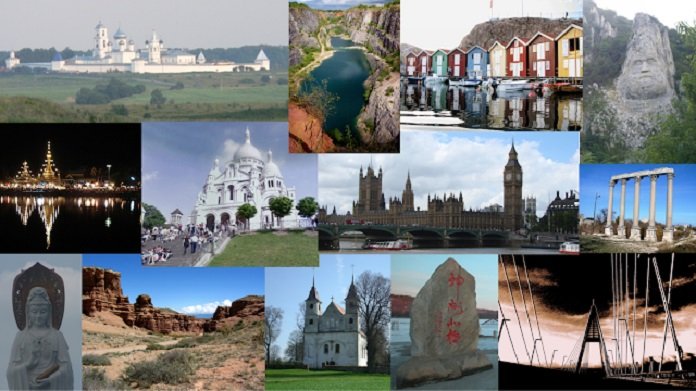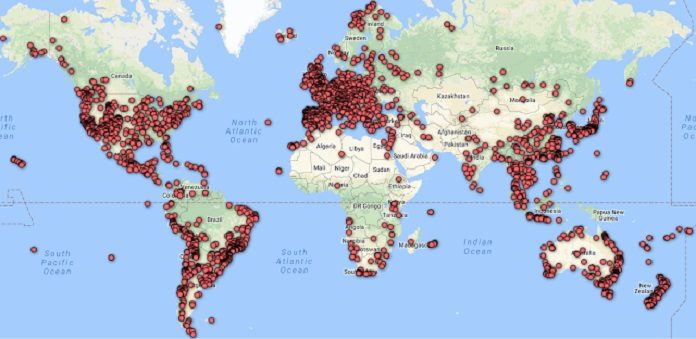In order to improve Image classification technology, many researchers are now putting more focus on fine-grained and instance-level recognition problems – instead of recognizing general entities such as buildings, mountains and (of course) cats. Even many of them are designing machine learning algorithms capable of identifying the Eiffel Tower, Mount Fuji or Persian cats.
But the main problem for advancement is the lack of large annotated datasets.
Now, Google researchers have to upgrade instance-level recognition by releasing Google-Landmarks. Google Landmarks is the largest worldwide dataset for recognition of human-made and natural landmarks that will be the focus of the CVPR’18 Landmarks workshop.
The dataset contains in excess of 2 million pictures delineating 30 thousand one of a kind points of interest from over the world (their geographic appropriation is exhibited underneath), various classes that are ~30x bigger than what is accessible in usually utilized datasets. Furthermore, to goad explore in this field, researchers are publicly releasing Deep Local Features (DELF), a mindful neighborhood highlight that we accept is particularly suited for this sort of assignment.

Developers explained, “Landmark recognition presents some noteworthy differences from other problems. For example, even within a large annotated dataset, there might not be much training data available for some of the less popular landmarks. Additionally, since landmarks are generally rigid objects which do not move, the intra-class variation is very small (in other words, a landmark’s appearance does not change that much across different images of it). “
“As a result, variations only arise due to image capture conditions, such as occlusions, different viewpoints, weather, and illumination, making this distinct from other image recognition datasets where images of a particular class (such as a dog) can very much more. These characteristics are also shared with other instance-level recognition problems, such as artwork recognition — so we hope the new dataset can benefit research for other image recognition problems as well.”
The two Kaggle challenges give access to comment on information to enable scientists to address these issues. The acknowledgment track challenge is to assemble models that perceive the right point of interest in a dataset of testing test pictures, while the recovery track challenges members to recover pictures containing a similar historic point.
